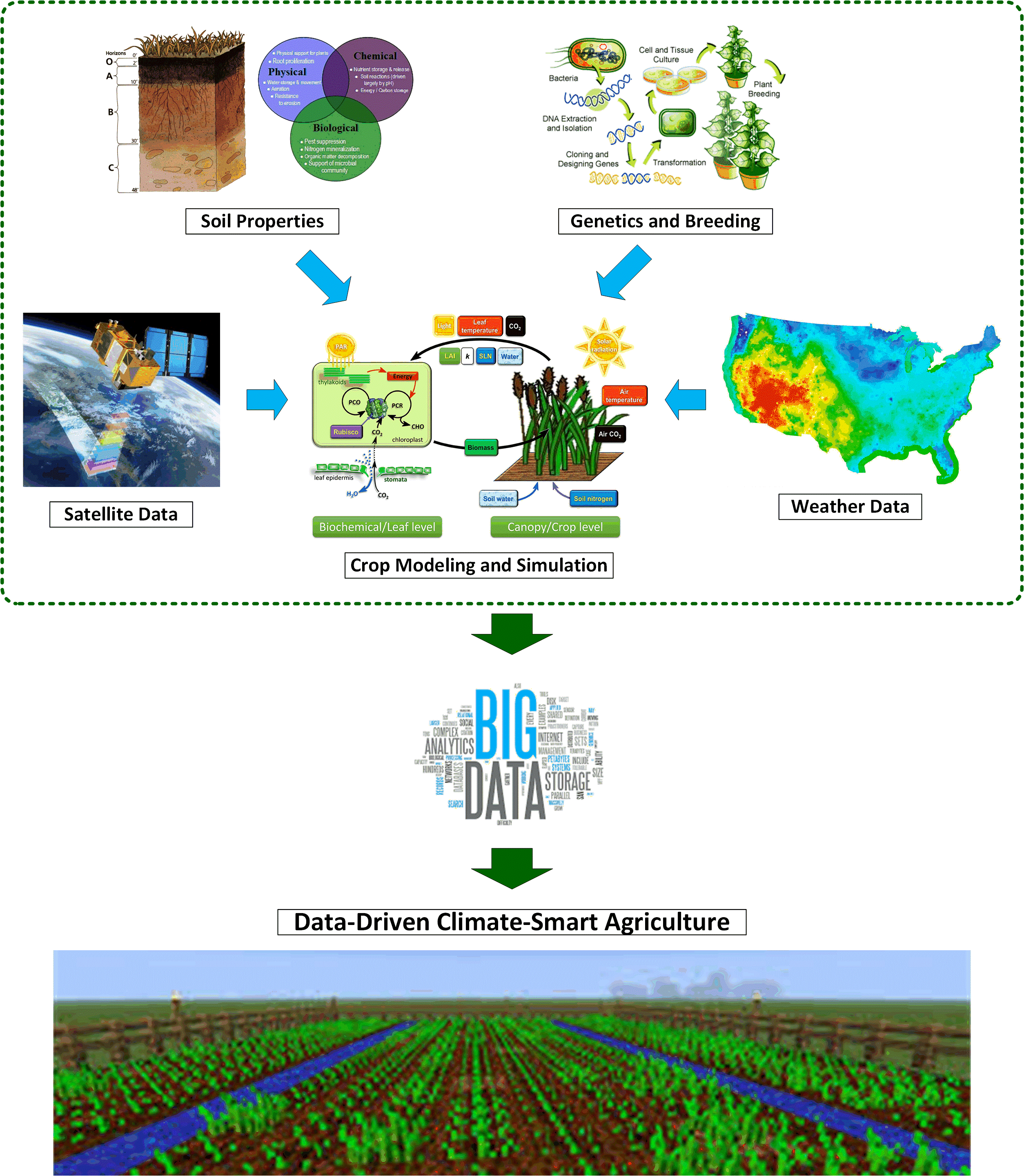Data-Enabled Climate-Smart Analytics for Irrigation Management
Agriculture constitutes approximately 80 percent of national consumptive water use in the United States, largely as a form of irrigation.Water stress is the largest contributor to U.S. crop loss, and low water availability affects approximately 45 percent of U.S. land surfaces. At the same time, drought has been increasing in intensity and frequency over the United States. Agricultural production increasingly requires water inputs to sustain high crop productivity in a changing climate. However, the current agricultural water use is not sustainable in many parts of the United States. There is an urgent need to improve agricultural water use efficiency to ensure long-term sustainability of irrigated agriculture.
By collaborating with Dr. Di Tian at the Department of Crop, Soil, and Environmental Sciences, this USDA funded project aims to develop a data-enabled, easy-of-use, and low-cost climate-smart analytics (CSA) for irrigation management. The proposed solution integrates the advances in several fields, including computing, machine/deep learning, meteorological forecasts, satellite observations, crop modeling, and digital soil mapping.
In artificial intelligence (AI), sequential decision making refers to algorithms that takes the sequential aspects of decision-making process into consideration. Rethinking agricultural water management, as a decision-making process, in which decisions are made continuously and sequentially over time to react to new available information, is important to adapt stakeholders’ decisions to the changing environment. The integration of historical and forecasted data would allow us to obtain better AI models that respond in an adaptable way to the availability of water for irrigation in agriculture.Our goal in this project is to develop a data-enabled hybrid human-artificial intelligence based framework for irrigation scheduling.

